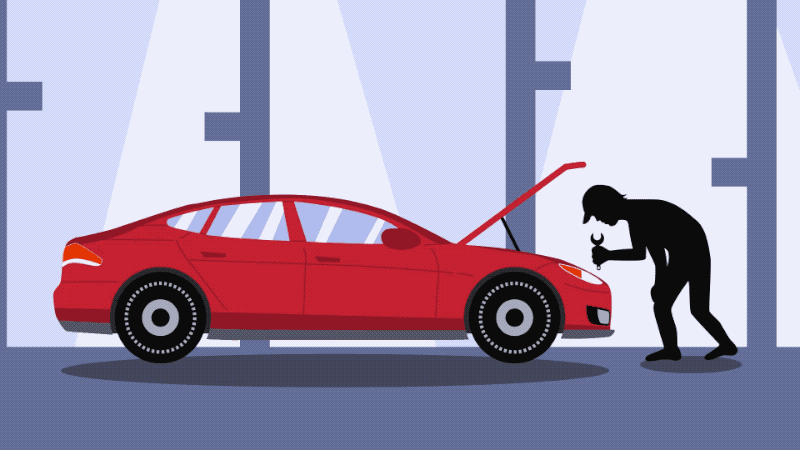Get Physical with Your Symptoms

Understanding which treatment options are available to you is important. This is a key part of your role as the team leader in your care. Your daily efforts to manage your health are also a form of treatment. These efforts are vital to feeling better because of their positive impact on your health.
Physical Activity
Exercise is an effective option for improving a variety of mental and physical health symptoms. In fact, it's so effective that exercise can be thought of as a treatment...no prescription required.
You already know that exercise improves physical health by reducing weight, strengthening your heart, and lowering risk of disease. But did you know that physical activity has been shown to improve symptoms of mental illness?

What was once an idea that was easy to agree with is now something that can be said with confidence: a tremendous pay-off of physical activity is better management of mental health symptoms, and this in itself makes it worthwhile.
But consider another important benefit: physical activity can also help with side effects of many common medications that are prescribed for mental illness. Side effects such as feelings of restlessness, agitation, or other sensations may be short-term or chronic. These symptoms are physically and mentally uncomfortable, and can interrupt sleep, making it harder to stick with treatment. Yet they can be managed, so that you're able to successfully continue the treatment plan you and your care team designed.
Physical activity can even improve how well medications work. As your body's state of health improves, it functions more efficiently, including how it processes food and medications that you take.
Think of tuning up your car. The benefit of maintenance is that it prolongs a car's operational life, with an added bonus of better fuel efficiency. This means smoother driving for many more miles.

- Your doctor may ask you to have a routine check-up. This ensures that you're physically ready to get started.
- Remember to ask about any specific safety considerations. For example, certain medications can worsen dehydration and heat exposure.
- As you take time to weigh exercise choices and health goals, remember that you can still incorporate safe physical activity in other ways.
Reversing a sedentary lifestyle can be a simple health goal to begin with. You don't have to run a marathon to reap the rewards of exercise. Short brisk walks, using the stairs instead of escalators, or even doing extra household chores can help you get started. As you become more active and reduce weight, the risk of insulin resistance and diabetes also lowers.
There are many ways to exercise, so think of activities that you enjoy that can add more physical movement to your day.
- If you're a dog owner, make it a point to take your dog for regular walks. Gradually increase your pace and distance as you both become more comfortable.
- Like music? Dancing is a fun way to get moving and increase cardiovascular benefits.
- Try a 10-minute workout. Design your own and change it up to keep it interesting.
- Enjoy the social benefits of exercising with someone. Talk to friends and family about ways you can be more active together.
As your fitness improves and you keep up with regular exercise, your heart gets stronger and circulation improves. This helps lower your risk of heart diseases such as high blood pressure, coronary artery disease, and heart attack. Combined with the benefits to mental health, it's a care option that addresses many health challenges.
Talk to your doctor, set reasonable goals, and think about what activities motivate you to physically move more. Exercise is a treatment, so get physical with your symptom management.